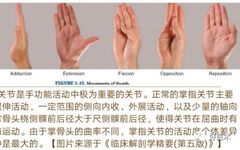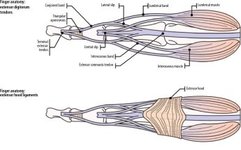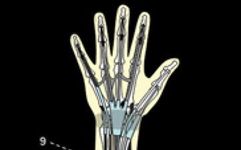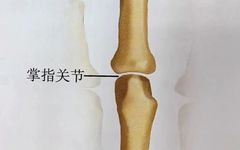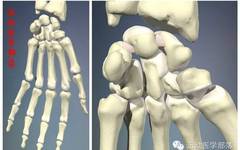Brainstem Physiology, Anatomy, and Lesion Localization
Neurology Medical Network Organized by: Xuan Zhi Xuan The structure of the brainstem is relatively complex, and different levels, locations, and sizes of lesions can produce various clinical manifestations, constituting many clinical syndromes of brainstem damage. Therefore, localization can sometimes be quite difficult. It is essential to combine the anatomical characteristics of the brainstem as … Read more


